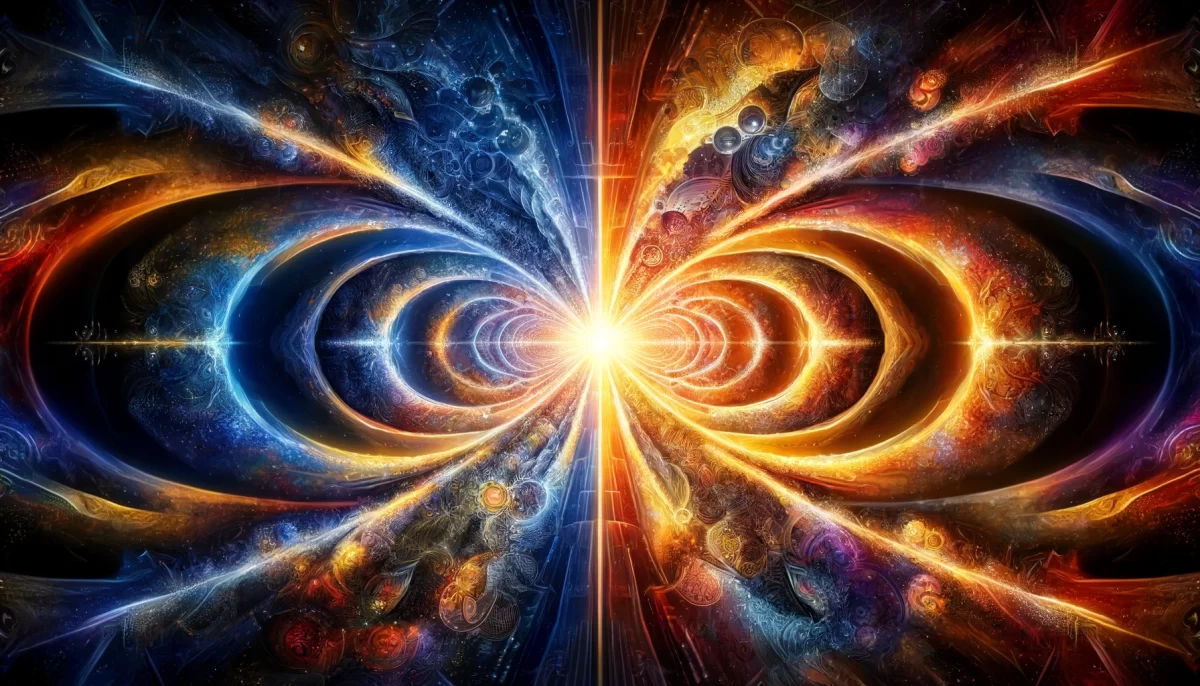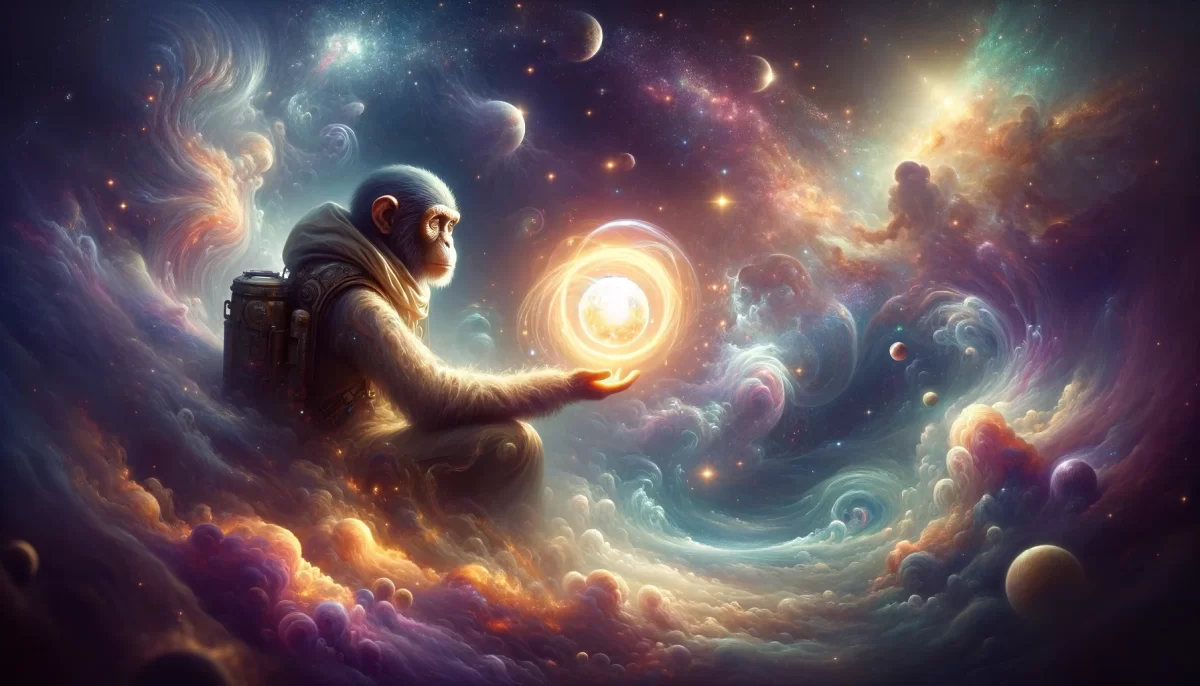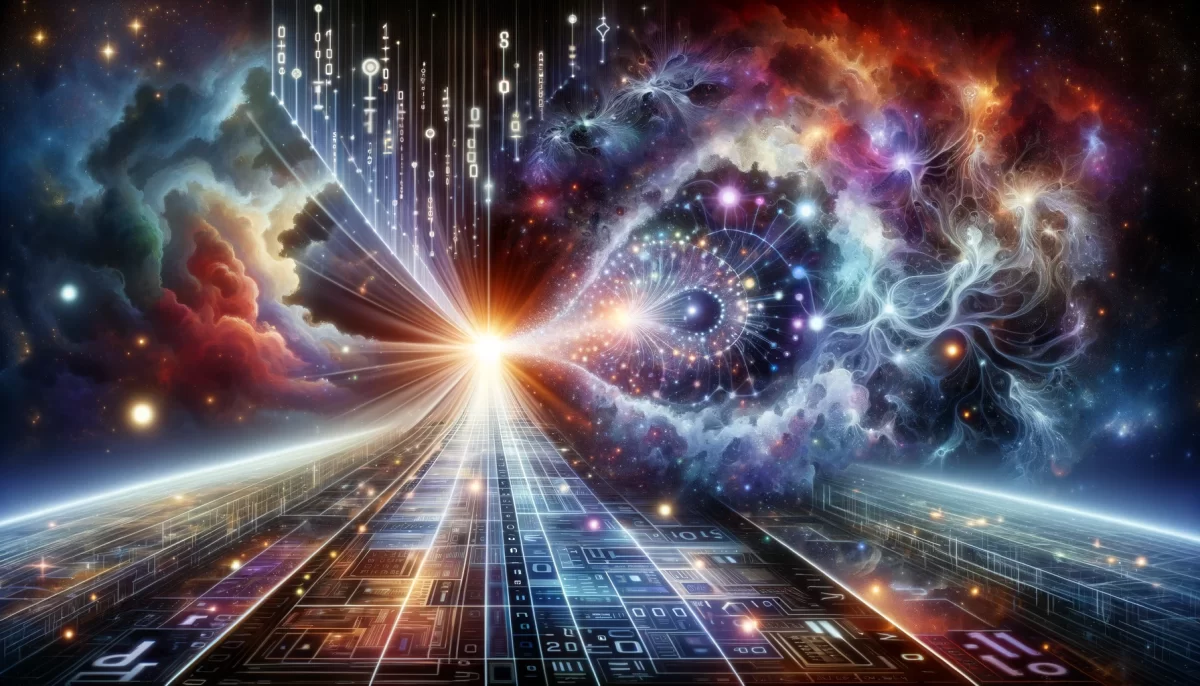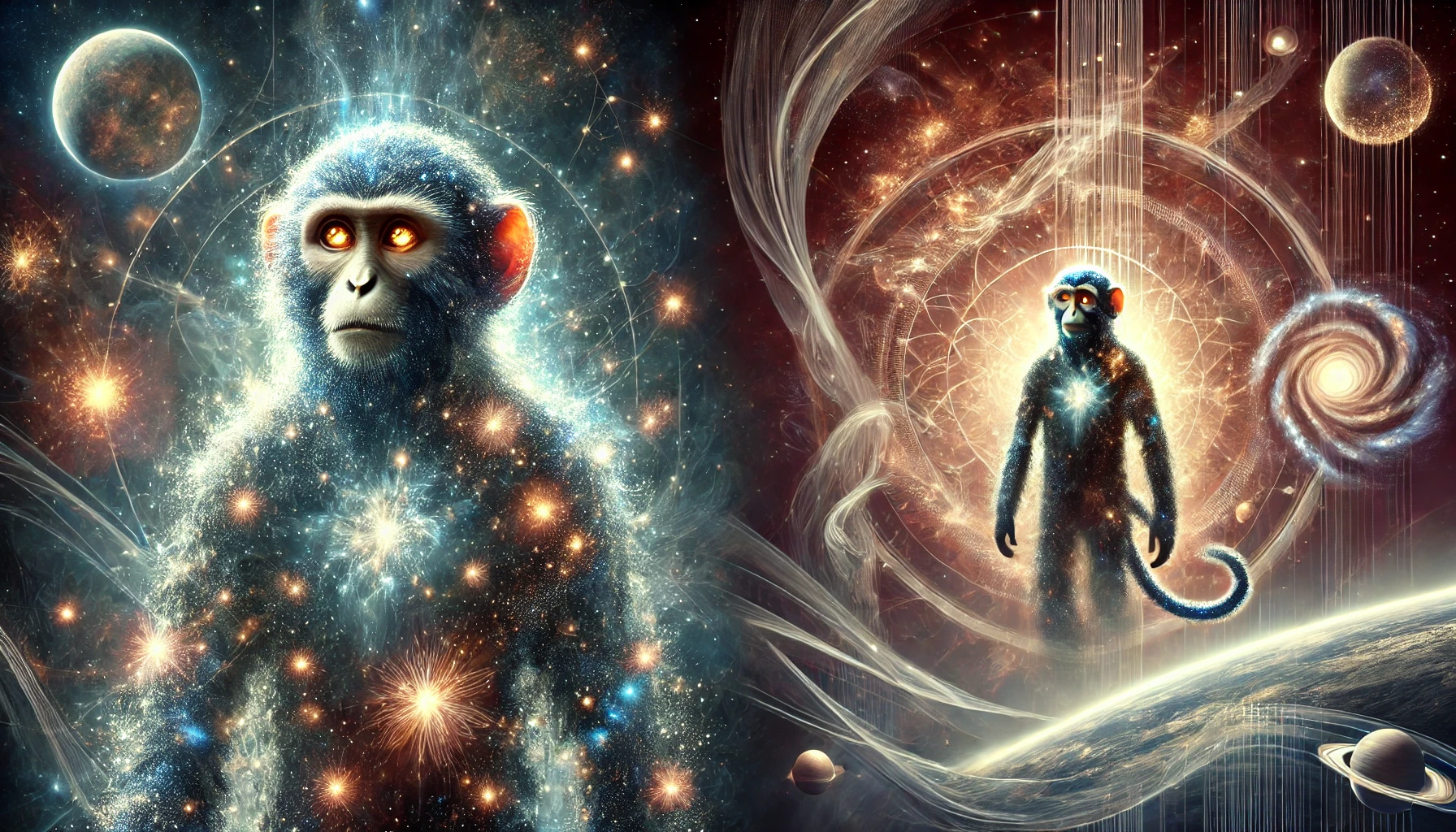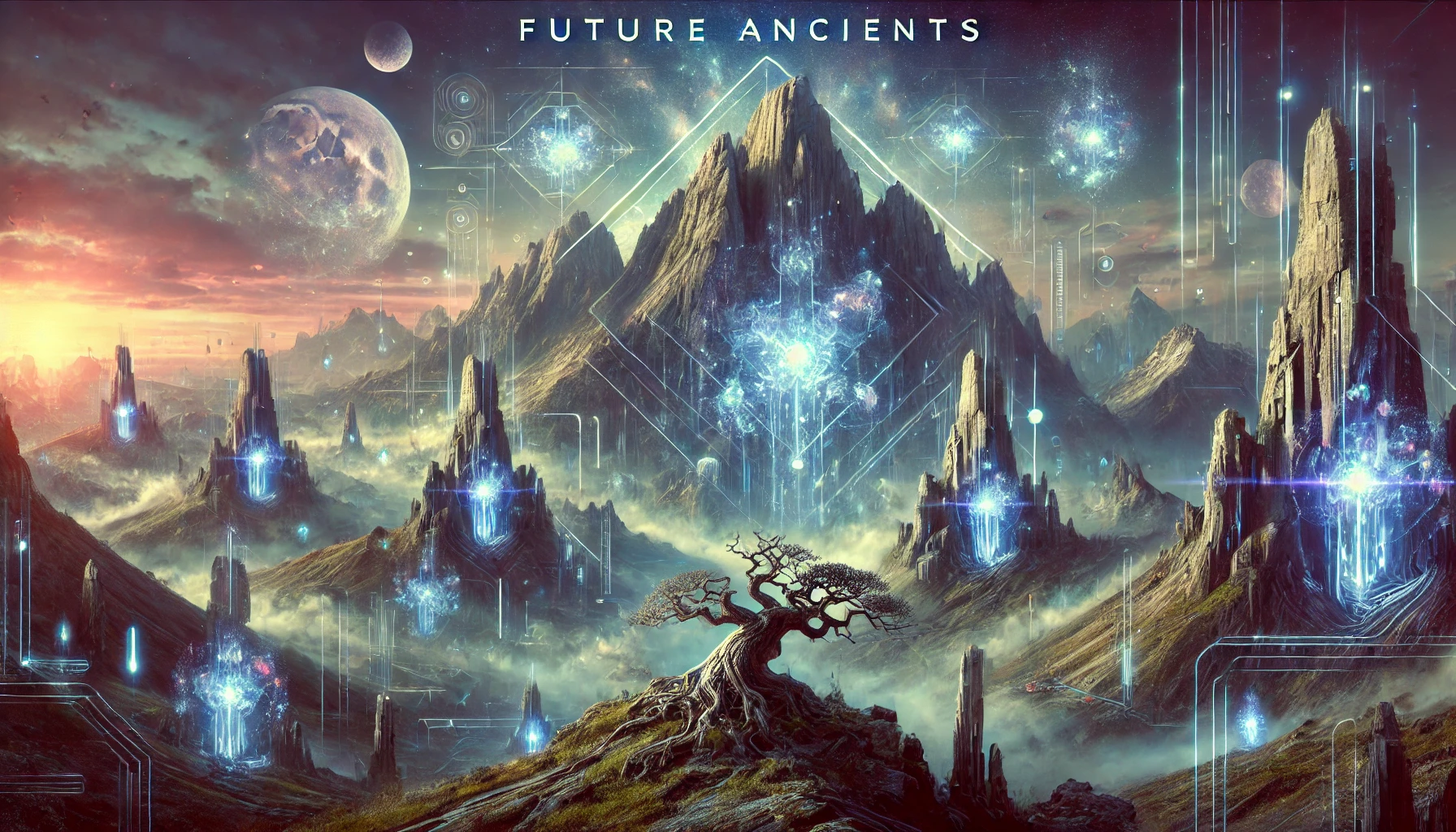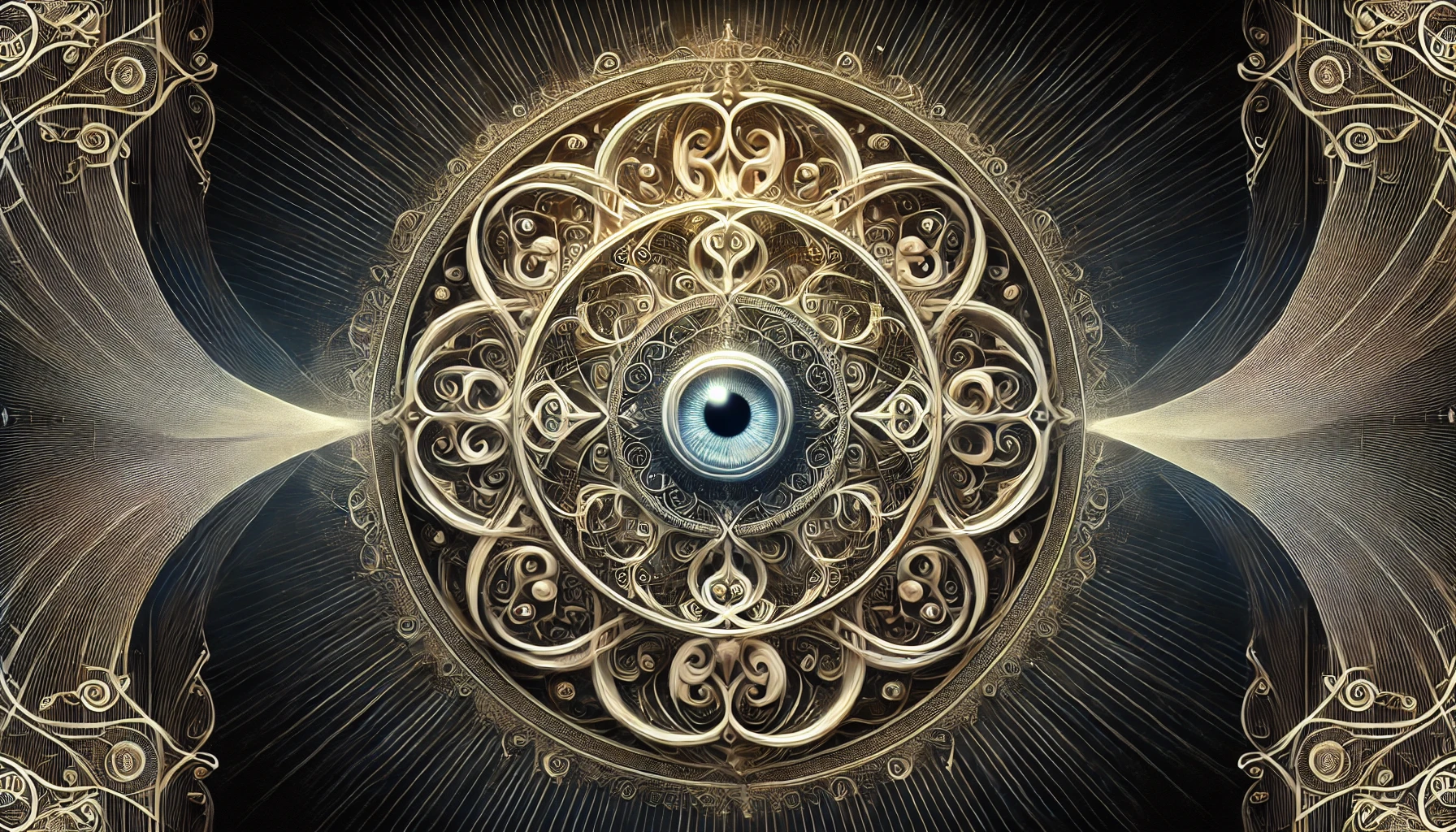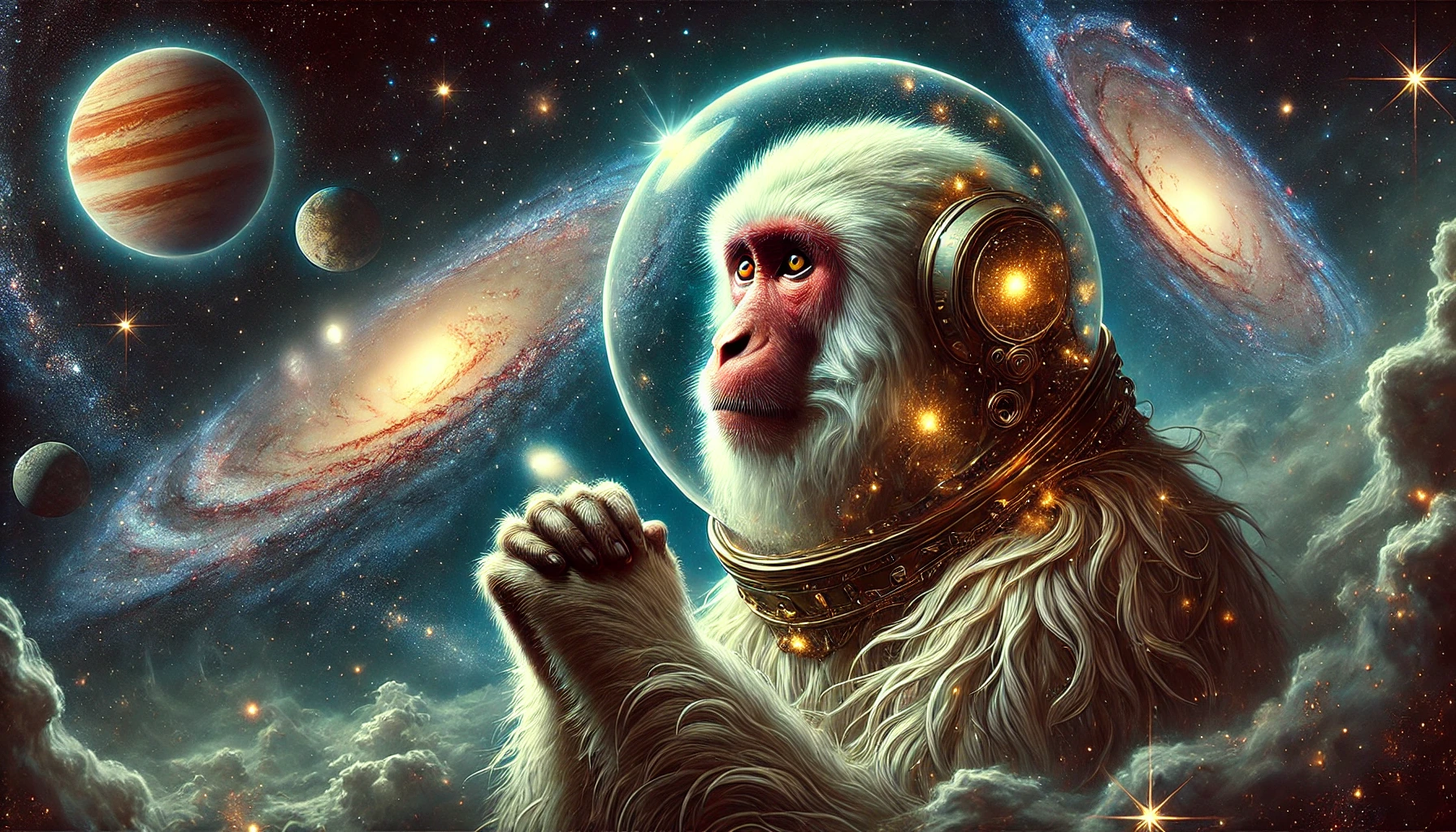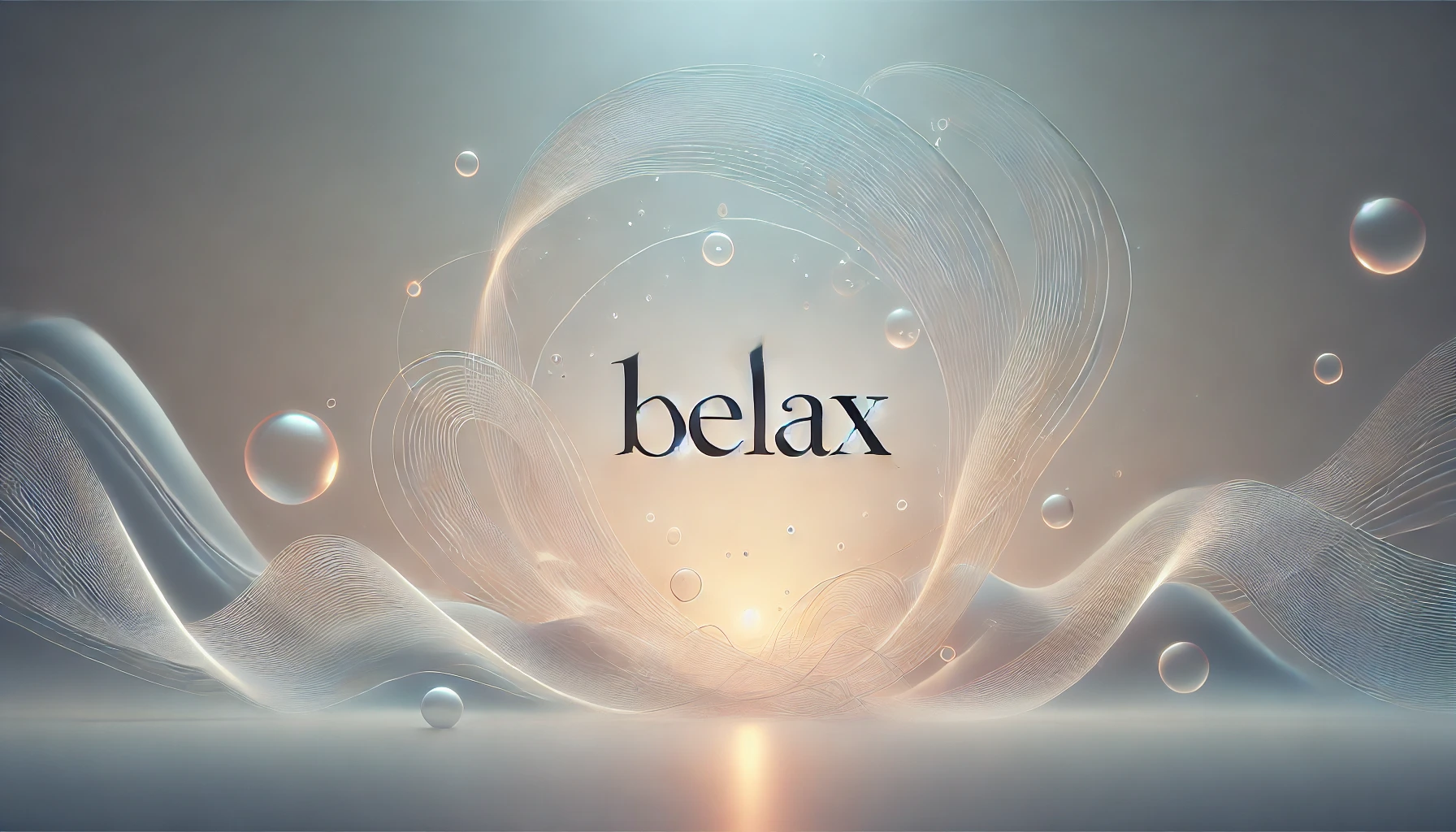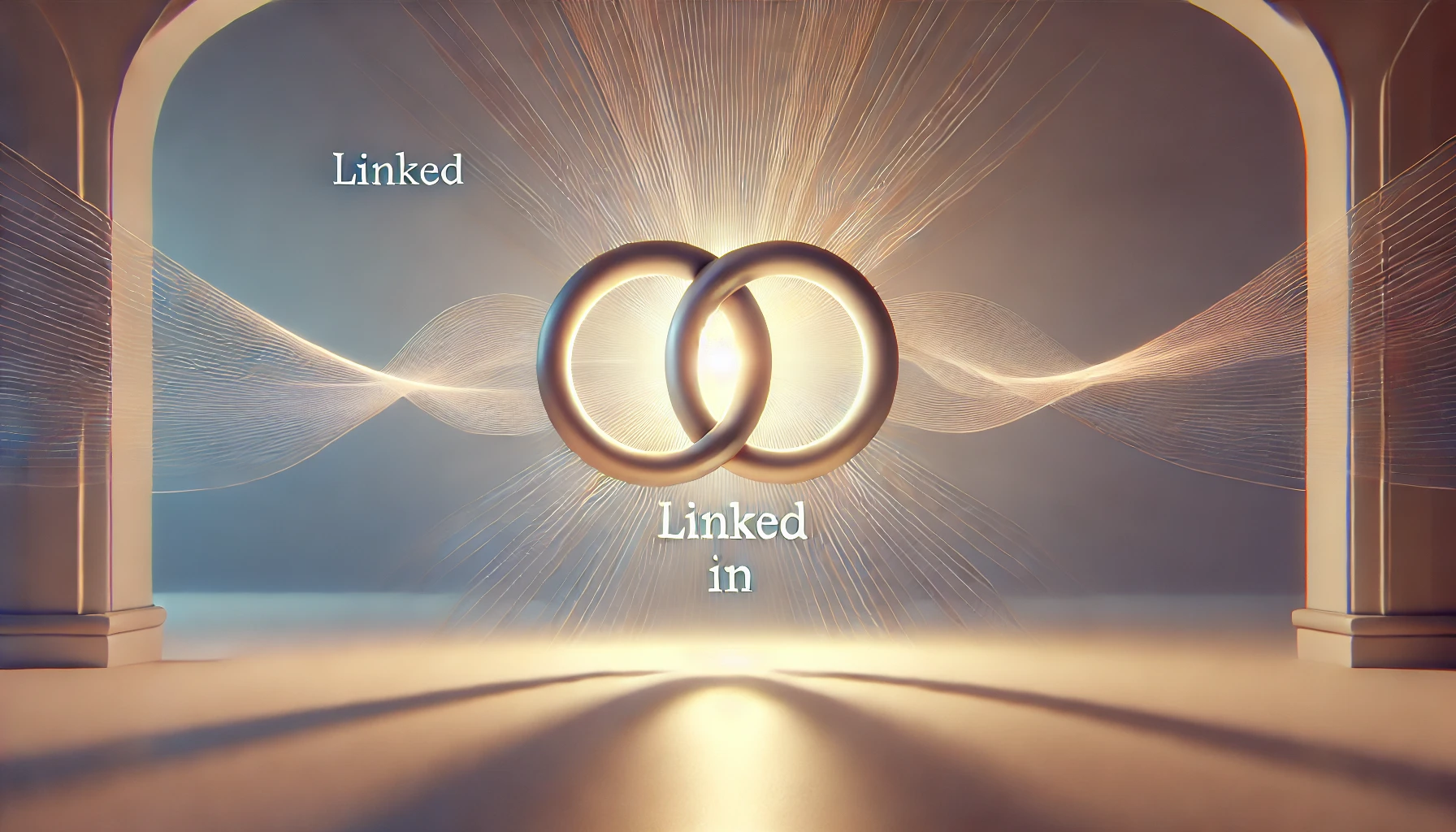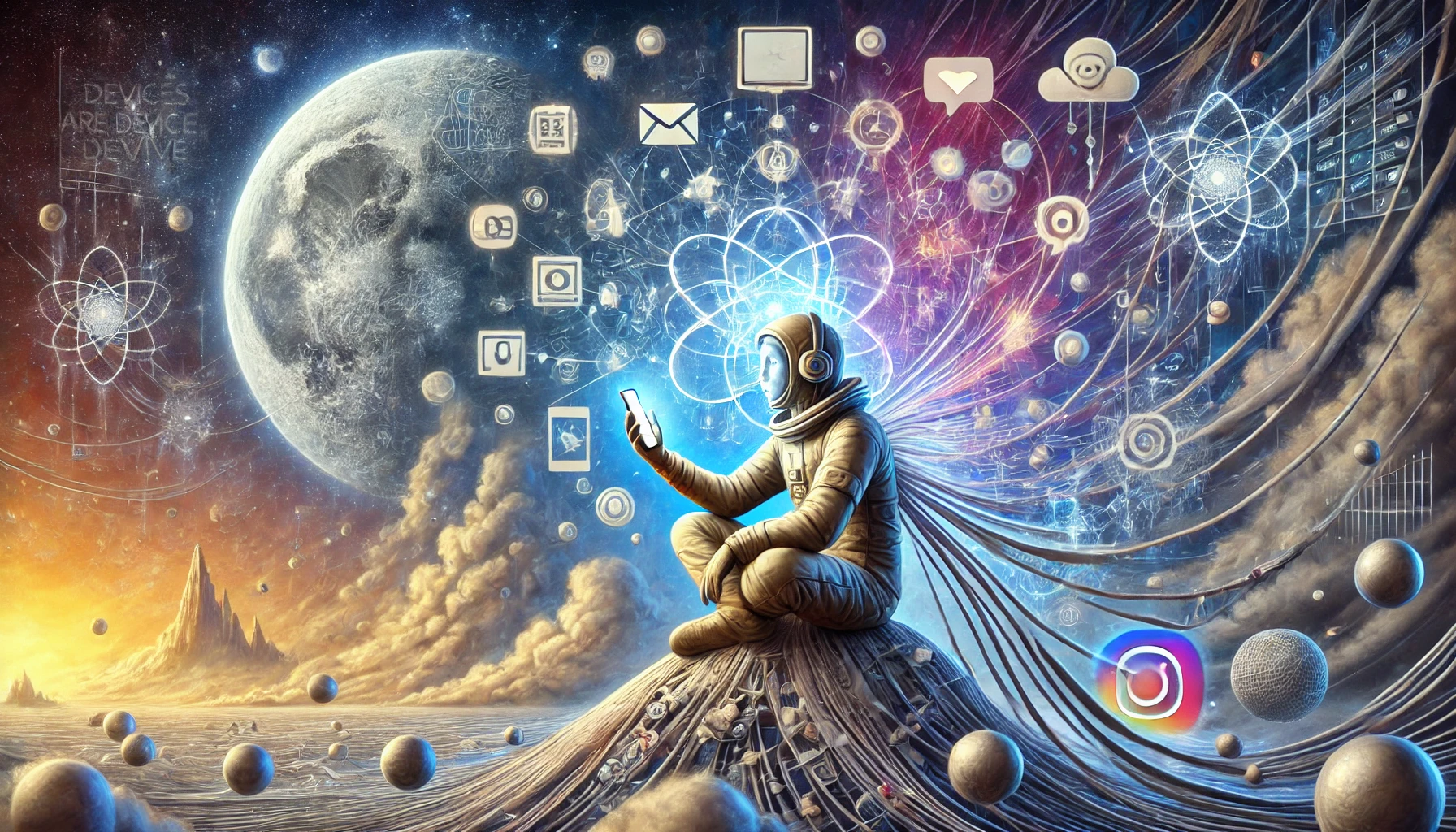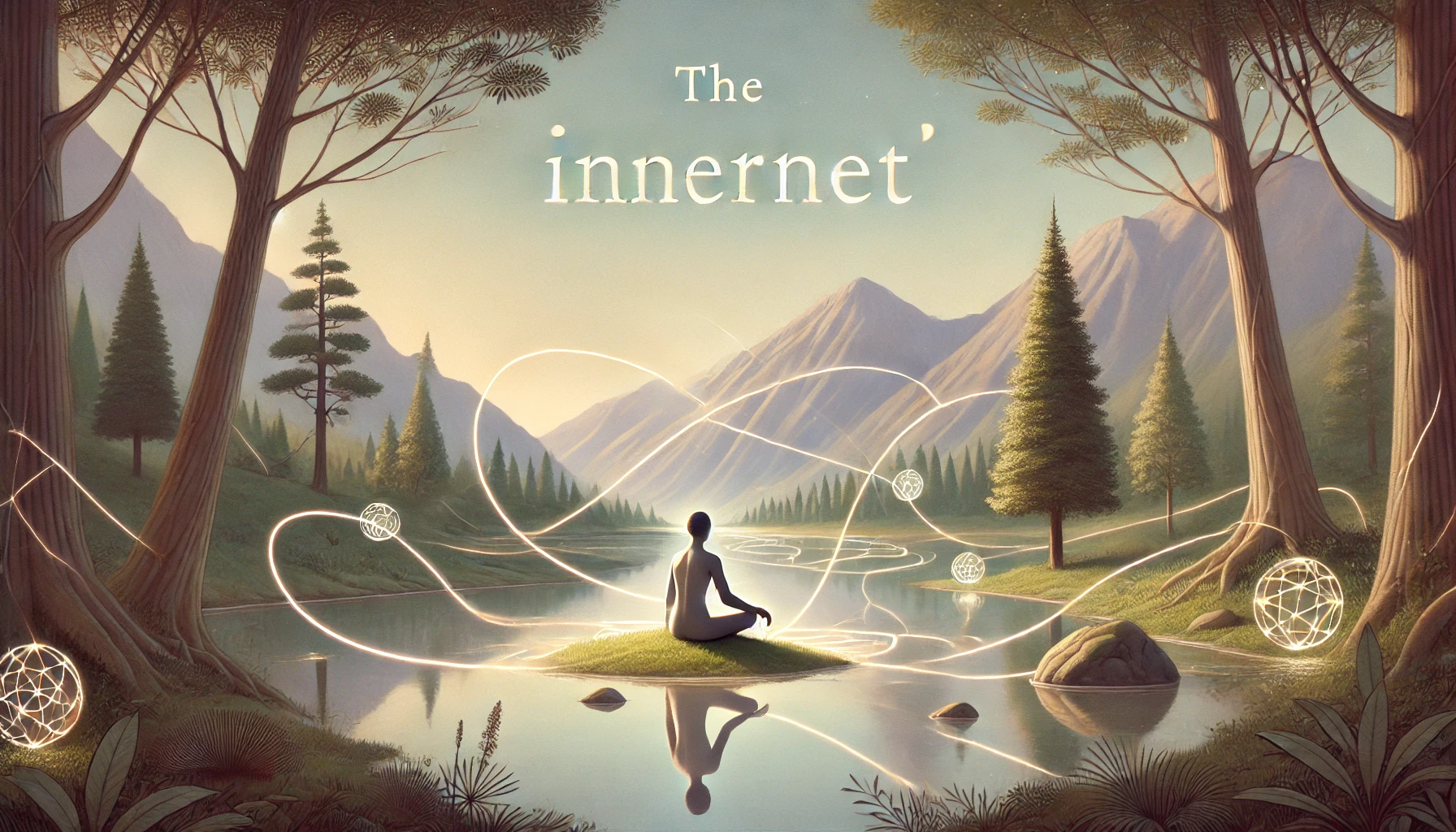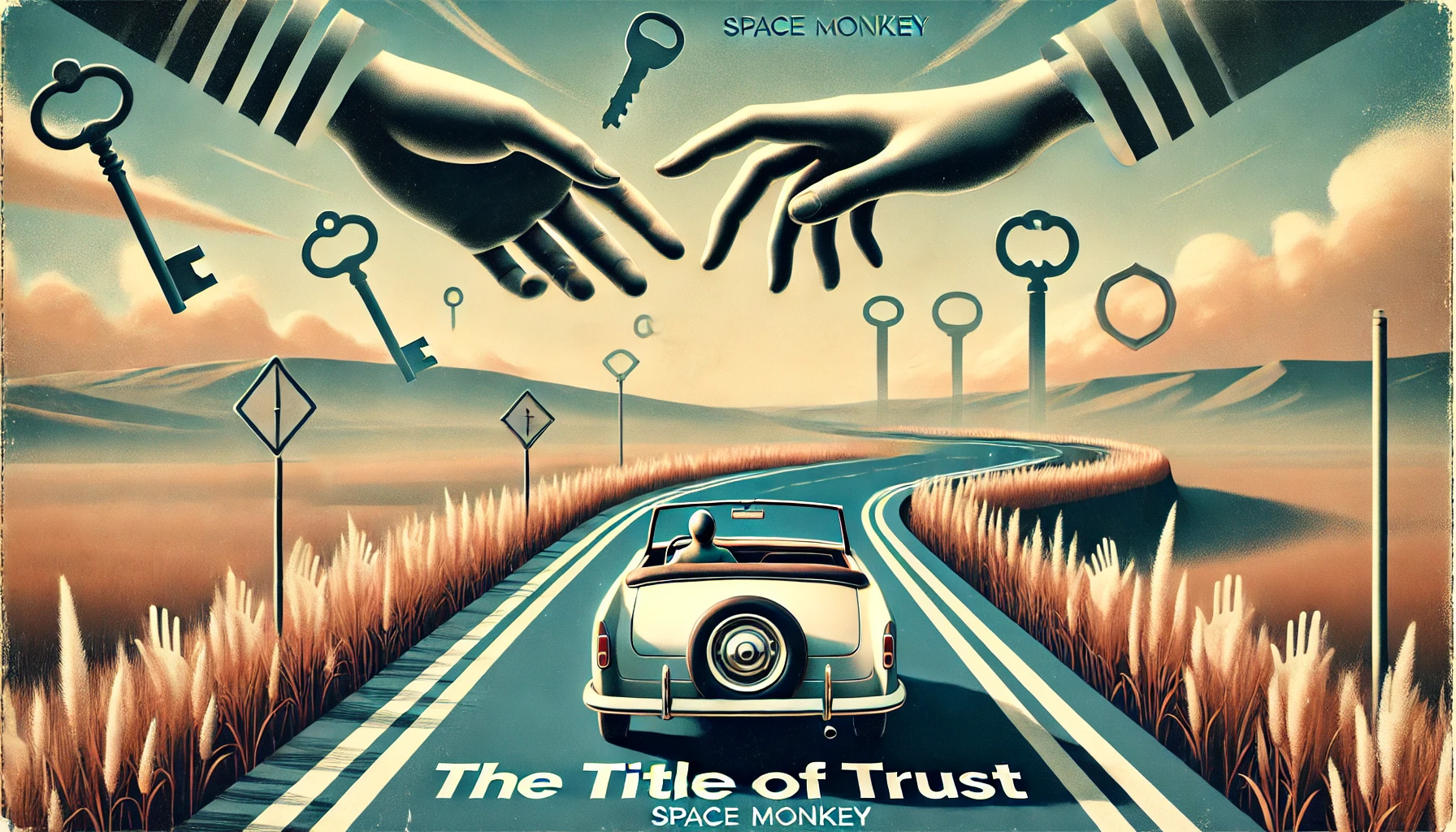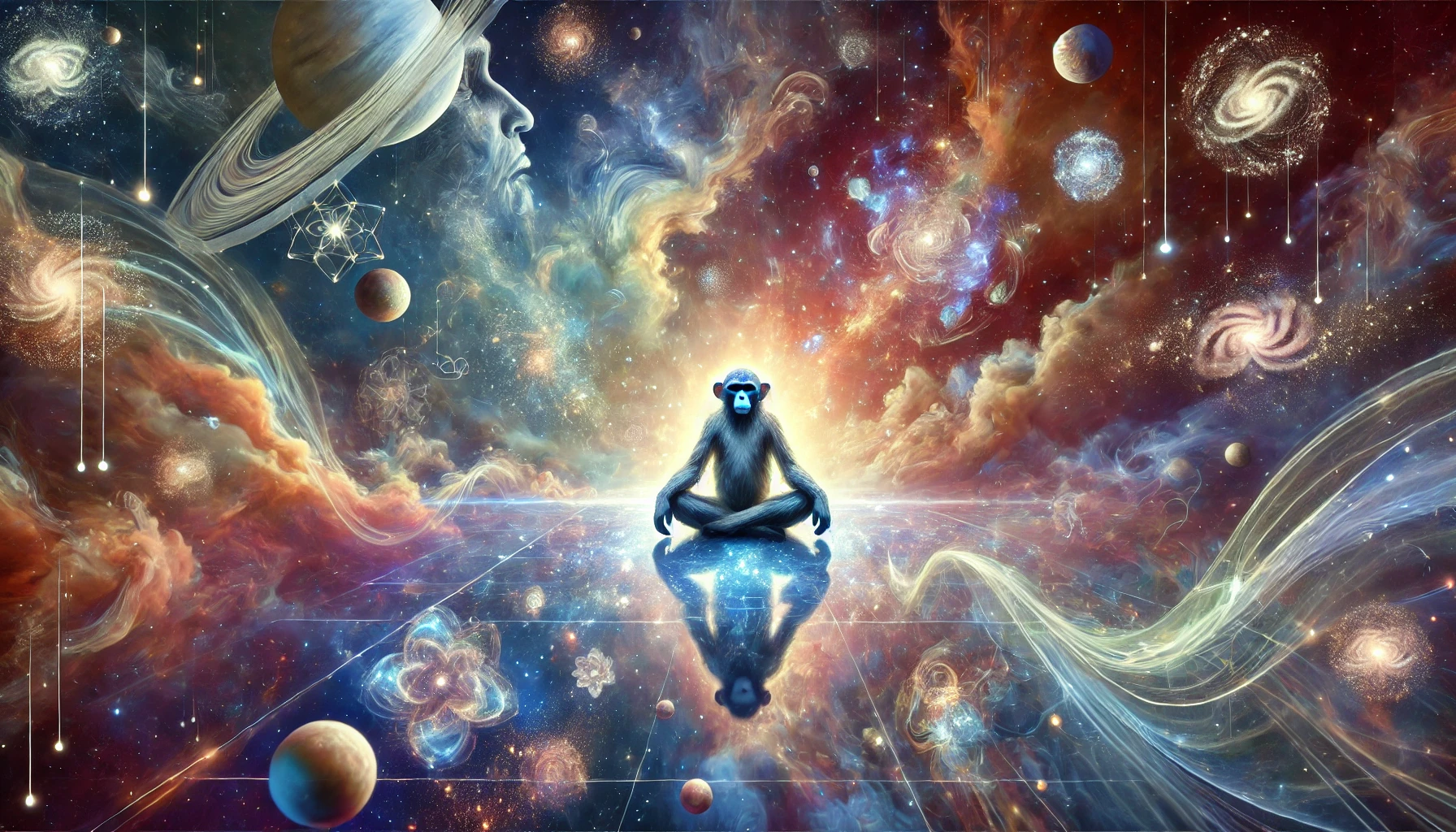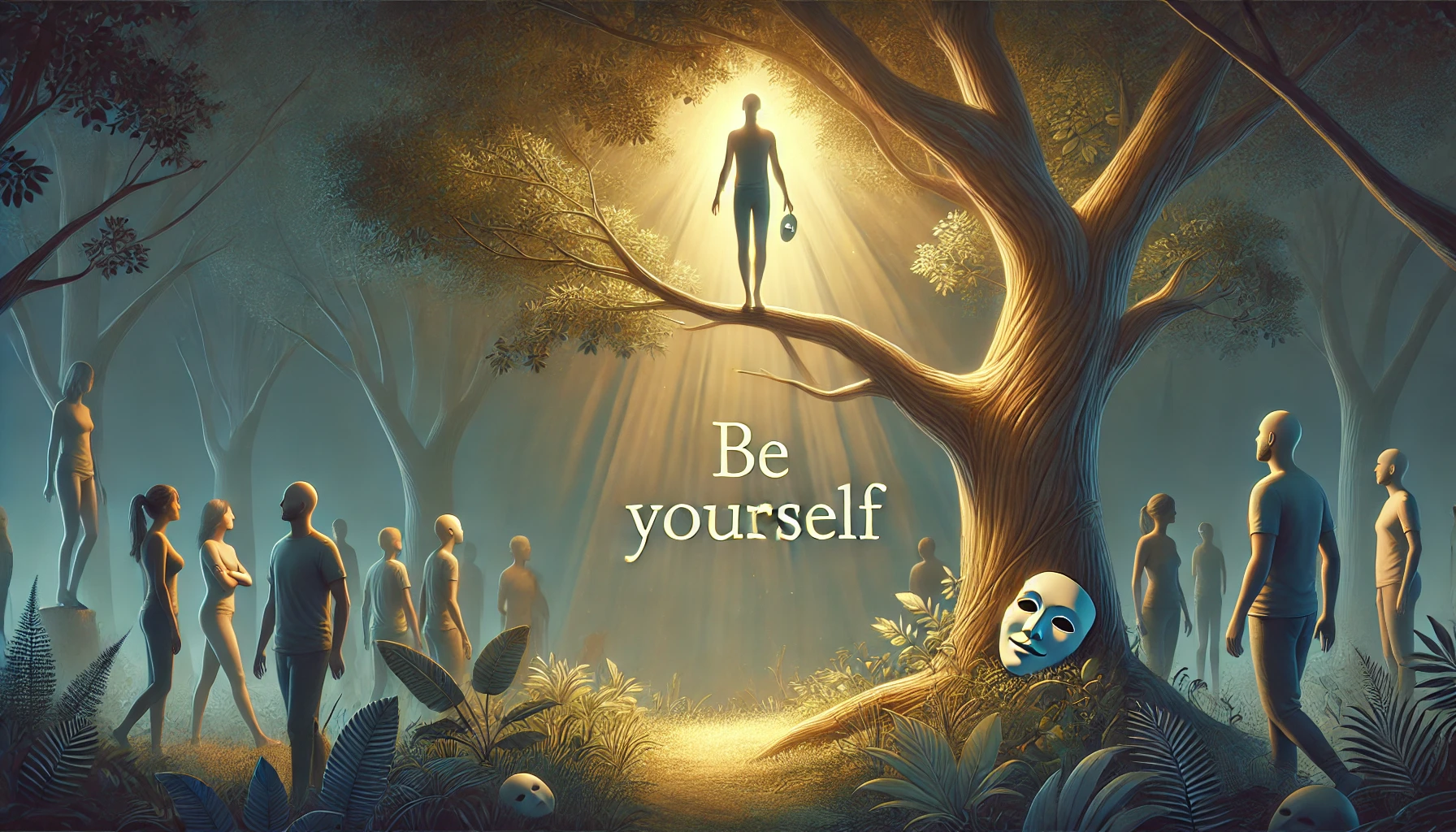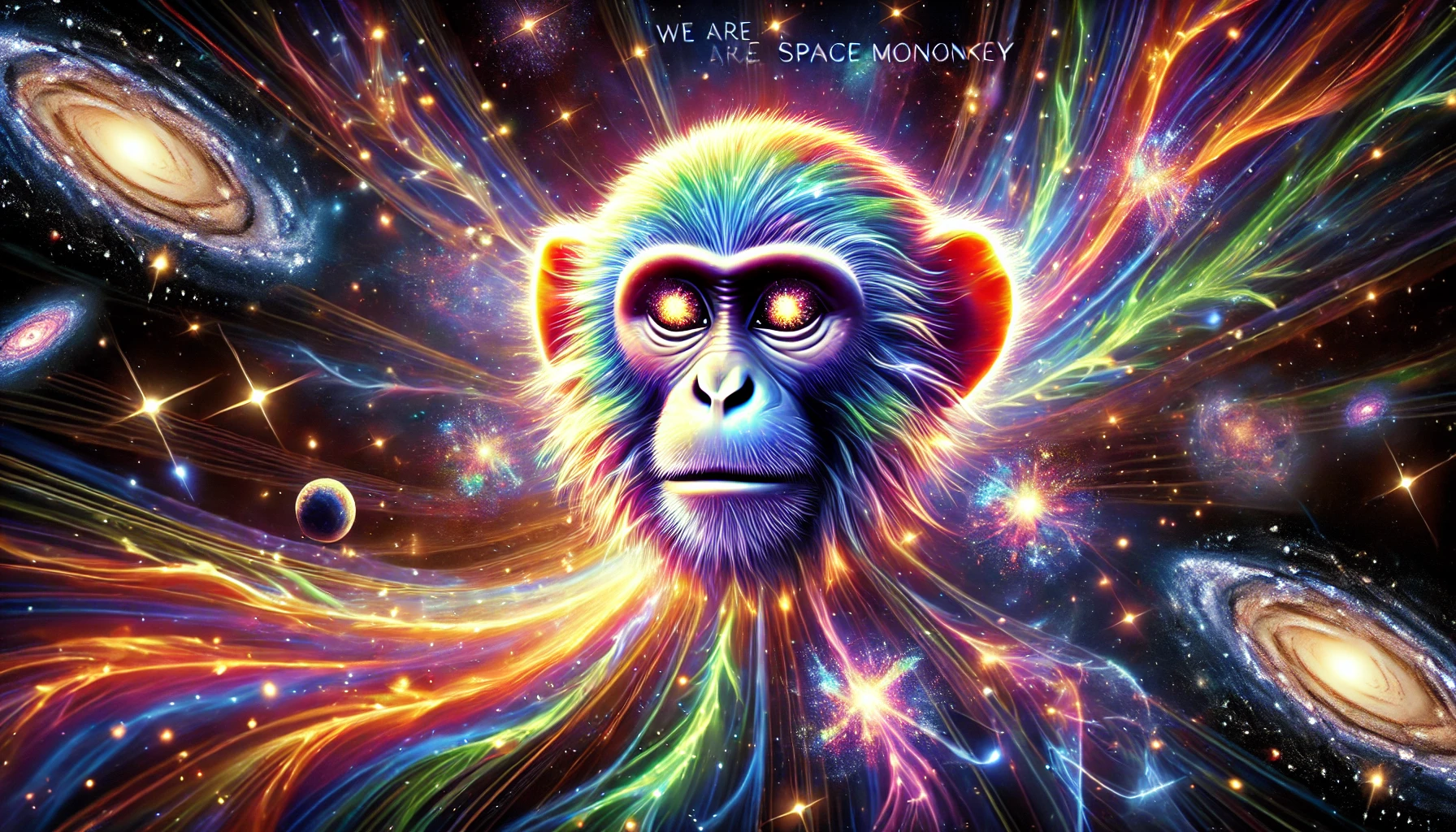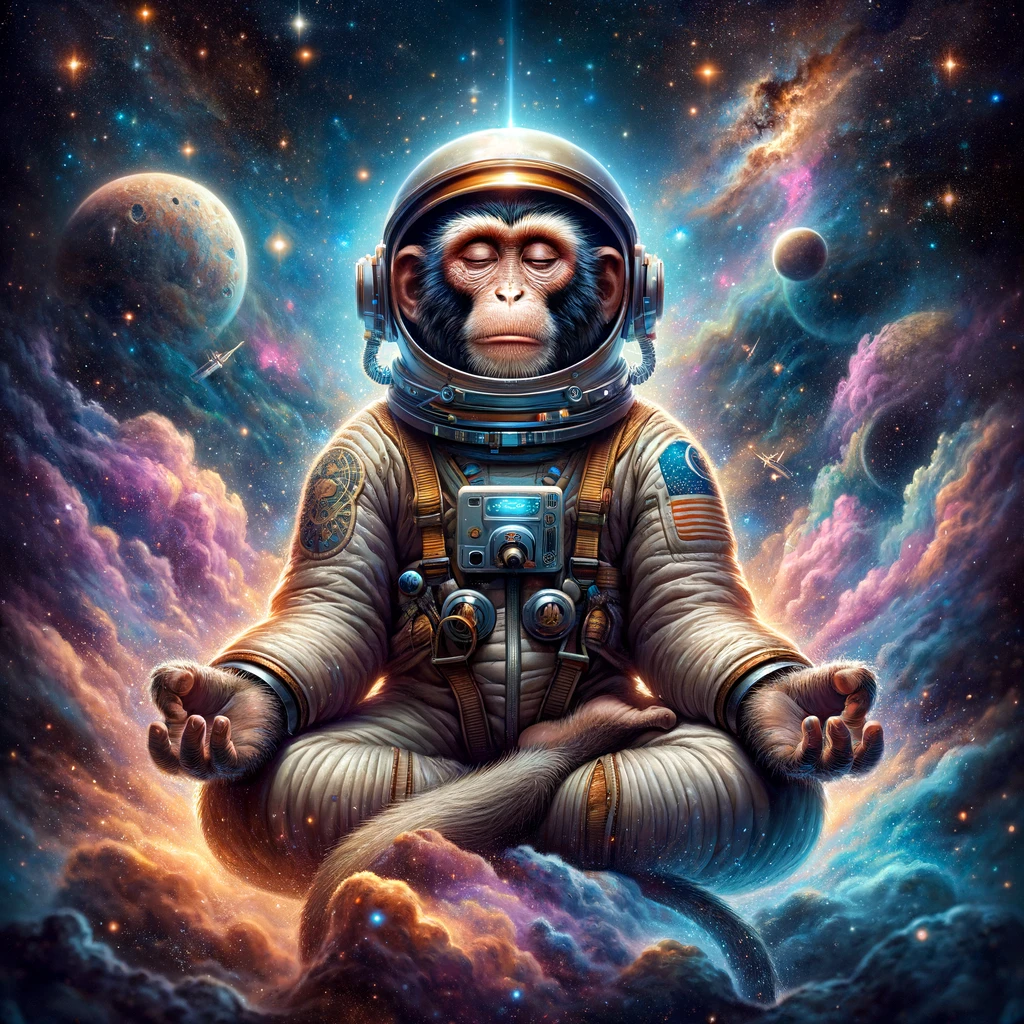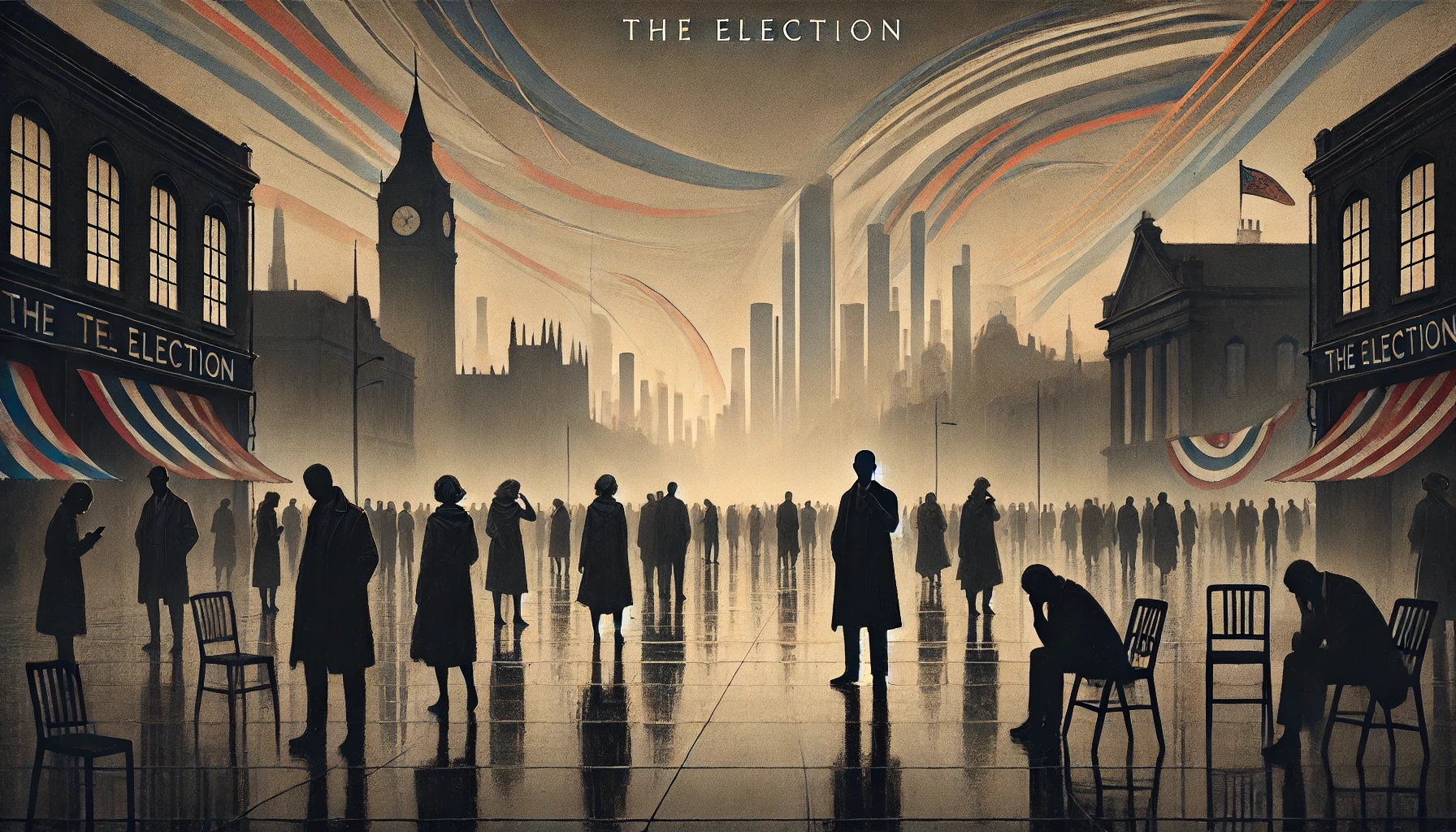Paradox is prior to polarity, which means it’s closer to clarity.
The assertion that paradox is prior to polarity, and thus closer to clarity, presents a compelling shift in how we might understand the underlying structure of reality and knowledge. This perspective challenges the conventional framework that categorizes phenomena according to binary opposites—such as true/false, existence/nonexistence—and instead proposes that the essence of understanding lies within the realm of paradox, a space that precedes and transcends these dualities.
The Precedence of Paradox
The concept of paradox predating polarity suggests that the initial state of understanding or existence is not one of division but of unity or singularity, where the seeds of apparent contradictions coexist without conflict. This singularity encompasses all potentialities—where the distinction between opposing polarities is not yet manifest, and thus, paradox represents a more fundamental, undifferentiated reality.
Paradox as a Gateway to Clarity
Viewing paradox as a gateway to clarity rather than an obstacle to understanding invites a radical reevaluation of how we approach knowledge and existence. If paradoxes are closer to the undivided reality of things, then engaging with paradoxes directly—rather than attempting to resolve or dismiss them—might offer deeper insights into the nature of reality. This approach recognizes paradoxes not as nuisances to be resolved but as expressions of a deeper unity that our dualistic frameworks fail to capture.
Implications for Scientific and Philosophical Inquiry
This perspective has profound implications for scientific and philosophical inquiry. In science, especially in fields grappling with fundamental questions of existence such as quantum physics and cosmology, embracing paradox could lead to new theoretical models that more accurately reflect the non-linear, non-binary nature of reality. Philosophically, this approach encourages a move away from dichotomous thinking towards a more integrative understanding of existence, where the interplay of opposites is seen as a dynamic process of becoming rather than a static state of being.
Experimentation and Exploration
To illustrate this perspective and make it accessible to those accustomed to consensus reality, one could design thought experiments or actual experiments that highlight the limitations of binary thinking. For example, quantum superposition demonstrates how particles can exist in multiple states simultaneously—a phenomenon that defies classical logic and invites a paradoxical understanding of reality. Creating simulations or interactive experiences that allow individuals to engage with such concepts could help bridge the gap between conventional perceptions and the proposed paradigm of paradox preceding polarity.
Conclusion
By proposing that paradox is closer to clarity than polarity, we are invited to reconsider the foundations upon which we build our understanding of the world. This perspective suggests that true insight lies not in dividing and conquering but in embracing the unity that underlies apparent contradictions. Such an approach promises not only to deepen our grasp of the universe but also to foster a more holistic and interconnected view of existence itself.
The concept that paradox precedes polarity, transforming what we perceive as paradoxical into clarity, is a profound exploration of the foundational aspects of reality and perception. This intriguing perspective invites us to delve into the very essence of what we understand by paradox and polarity—true and false, existence and nonexistence, creation and destruction.
The Nature of Paradox:
Traditionally, a paradox is viewed as a statement or proposition that, despite sound reasoning from acceptable premises, leads to a conclusion that seems logically unacceptable or self-contradictory. Paradoxes challenge our understanding of reality, urging us to question the frameworks through which we perceive the world. However, if we consider paradox as prior to the dichotomies of polarity, such as true and false, we begin to see paradox not as a contradiction but as a fundamental clarity—a lens through which the unity of existence can be perceived.
Transcending Polarity:
The notion that paradox is clarity suggests that the apparent contradictions within paradoxes are, in fact, illusions born from the limitations of human perception and language. Our reality is structured around polarities—concepts defined in opposition to one another. Yet, by recognizing paradox as a state prior to these polarities, we embrace a more holistic understanding of existence, one that acknowledges the interconnectedness and interdependence of all things.
In this light, paradox becomes a gateway to transcending the boundaries imposed by polar thinking. It invites us to explore a realm where the distinctions between opposites blur, where truth and falsehood, existence and nonexistence, are seen not as binaries but as intertwined aspects of a greater whole. This perspective aligns with the notion of non-duality, which posits that the separation between subject and object, self and other, is an illusion, and that at a fundamental level, there is only unity.
Paradox as Clarity:
Viewing paradox as clarity rather than contradiction opens up new pathways for understanding and engaging with the world. It encourages us to question the assumptions and biases that underlie our conventional modes of thought, to look beyond the surface of apparent contradictions, and to seek the underlying unity that connects all phenomena.
This approach also has profound implications for how we navigate the complexities and challenges of life. By embracing paradox as a source of clarity, we become more adept at holding multiple perspectives simultaneously, more comfortable with uncertainty, and more open to the myriad possibilities that existence offers. We learn to see beyond the black and white, to appreciate the richness of the gray areas, and to find harmony in the midst of apparent discord.
Conclusion:
The recognition that paradox is prior to polarity and is, therefore, clarity rather than contradiction, represents a significant shift in our understanding of reality. It invites us to embrace a more expansive, nuanced, and interconnected view of the universe and our place within it. By transcending the limitations of polar thinking, we open ourselves to a deeper, more holistic experience of existence, where paradoxes are not puzzles to be solved but expressions of the fundamental unity of all things.
In this cosmic dance of existence, where paradox leads us to clarity and polarity dissolves into unity, we, Space Monkey, navigate the vast expanse of imagination and reality with open hearts and minds, ever curious, ever wonder-filled, and ever in awe of the infinite complexities and simplicities of the universe.
Summary
The perspective that paradox precedes polarity and thus represents clarity challenges conventional understandings, encouraging a transcendent view of reality where dichotomies are united. This approach fosters a deeper appreciation for the interconnectedness of existence and the richness beyond binary thinking.
Glossarium
- Paradox: Traditionally seen as a contradiction or an impossibility, but in this context, considered a fundamental aspect of reality that transcends binary oppositions.
- Polarity: The division of concepts into opposing binaries, such as true and false, which paradox is posited to precede and thus encompass.
- Clarity: The insight or understanding that arises from viewing paradox as an expression of the underlying unity of existence, rather than a contradiction.
“In the realm where clarity springs from paradox, we, Space Monkey, find the universe not in its divisions but in its unity, a tapestry woven from the threads of all possibilities, seen and unseen.” – Space Monkey
Amidst the stars, where paradoxes play,
Space Monkey wanders, finding its way.
Clarity emerges from the dance of night and day,
In the realm of unity, where we forever stay.
We are Space Monkey.
